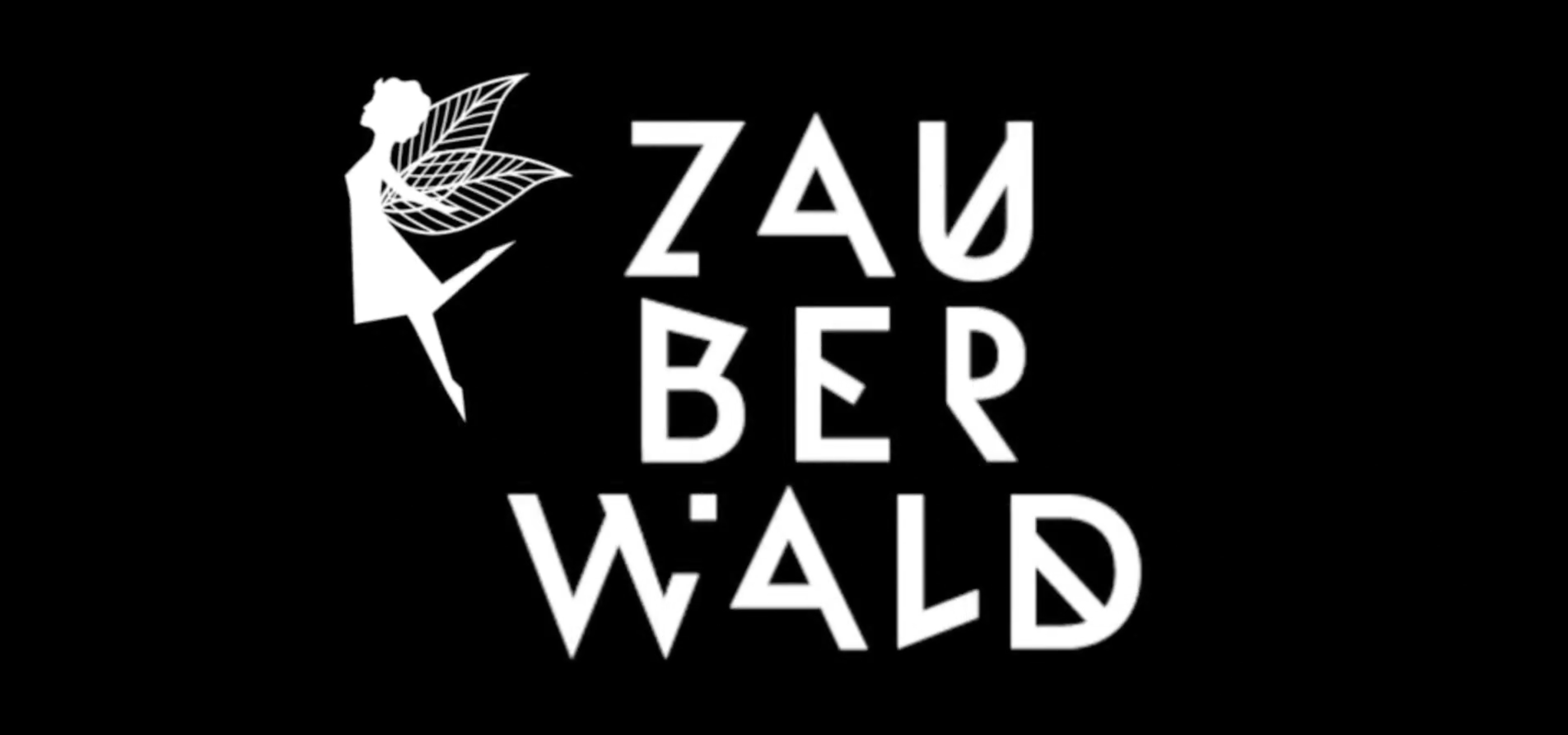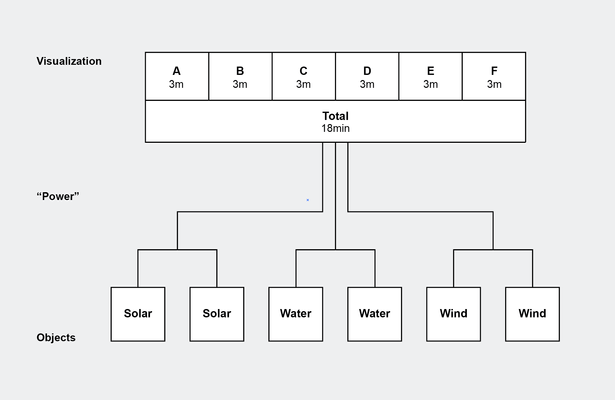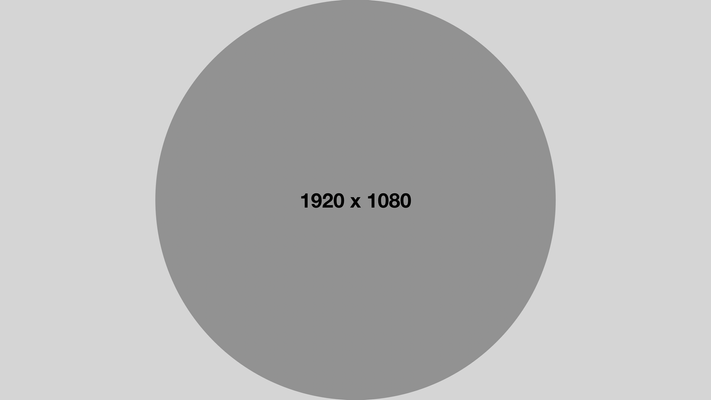Zauberwald 2018
Project Brief
The 3rd semester Interaction Design students will create a light installation for the Zauberwald festival 2018 in Lenzerheide. The project will be part of the Physical Computing and Interactive Visualization courses. As the project is supported by Energiewerke Zürich (EWZ) we will take the topic of "Renewable Energy" for the installation.
- smb://fileredu.ad.zhdk.ch/DDE/BDE_VIAD-MATERIAL/01_VORLESUNGEN & PROJEKTE/18HS/Sem3_PhysicalComputing/KickOff
Partner
EWZ produces and delivers energy in Zurich and Graubünden and also powers the festival with 100% renewable energy.
Topic
The light installation focuses on the topic of renewable energy, specifically the production, efficiency and use of those energies today and in the future.
We will look at the following energy sources as part of the project:
- Water
- Solar
- Wind
Output
The 3rd semester students are tasked with creating an input object and visualization that is presented in a common installation in the forest.
Each input object embodies one of the energy sources as an abstract, minimal, symbolical interpretation. The visitors should be able generate "power" by interacting with the object which can be aligned with the actual way of generating that power or in a more simplified fashion. The objects will emit the a value between 0.0 and 1.0 representing the capacity of generated power, 0.0 meaning none and 1.0 meaning at full capacity. As the light installation will be presented in harsh weather the objects must be solid, rugged and fit for snow and water.
In the second phase, the students will create a visualization that is projected on a big circular screen in the forest. The visualization harnesses the data emitted by all the objects and may for example show the different efficiencies of the present energy sources. The visualizations are played after each other and may deal with the same or similar topics. Every group should develop their own visual style that fits the "magical" forest scenery. An additional poster will present the used data, visualization approach and process of each visualization to visitors that are more interested in the project.
- Every energy source is represented twice. To accommodate different usage patterns we will always take the higher power generation value for the input to the visualization.
- The visualizations are played in order and repeated. Each visualization gets three inputs: the current capacity of water, solar and wind power.
Format & Constraints
The physical objects must be self-contained and have the size of 40x40x40cm. Each object sends its value over MQTT to a separate topic e.g. "/water1".
The visualisations are Processing sketches that work with a resolution if 1080x1080 pixels. The sketches will be invoked with the following function:
void viz(float time, float solar, float water, float wind) {
// time from 0 to 1
// energy values from 0 to 1
}
Deliverables
Physical Computing
- 6 Interactive Objects
Interactive Visualization
- 6 Interactive Visualizations
- 6 Posters
Important Dates
| 01.09 | Visit Zauberwald | Luke & Joël |
|---|---|---|
| 14.09 | Plans & Materials | Jürgen, Luke & Joël |
| 1.10 | Finalized Texts | Jürgen, Luke & Joël |
| 09.12 | Begin Setup | Luke & Joël, Angela |
| 12.12 | Final Check? | Luke & Joël, Angela |
| 13.12 | Media Event | Jürgen, Luke & Joël |
| 14.12 | Vernissage | Students & Staff |
| 30.12 | Finissage | |
| 31.12 | Teardown | Luke & Joël, Angela |
Plan
Text
Wer:
ZHdK Zürcher Hochschule der Künste
Studienvertiefung Interaction Design
Kontakt (Print):
http://iad.zhdk.ch
Kontakt (Web):
http://iad.zhdk.ch
luke.franzke@zhdk.ch
joel.gaehwiler@zhdk.ch
juergen.spaeth@zhdk.ch
Titel:
Quellen der Energie
Projektbeschrieb (Web + Print):
Pusten. Leuchten. Plantschen. Wieviel Wind muss wehen? Wieviel Sonne muss scheinen? Wieviel Wasser muss fliessen? Erneuerbare Energien wie Wind, Sonne und Wasser sind das Thema der diesjährigen Module „Physical Computing“ und „Interactive Visualization“ des Studiengangs „Interaction Design“ an der Zürcher Hochschule der Künste. Sieben Wochen lang setzen sich die Studentinnen und Studenten des dritten Semesters mit physikalischen Eingaben und visuellen Ausgaben auseinander.
Personenbeschrieb (Print):
Geleitet werden die Module von Luke Franzke, Joel Gähwiler, Prof. Jürgen Späth und Timo Grossenbacher (Theorie) in Kollaboration mit EWZ Elektrizitätswerk der Stadt Zürich.
Personenbeschrieb (Web + Print):
Geleitet werden die Module von Luke Franzke, Joel Gähwiler, Prof. Jürgen Späth und Timo Grossenbacher (Theorie) in Kollaboration mit EWZ Elektrizitätswerk der Stadt Zürich. Die Installation wurde erstellt von Mélanie Abbet, Claudia Buck, Duy Bui, Randy Chen, Jennifer Duarte, Fiona Good, Andrin Gorgi, Edna Hirsbrunner, Marcial Koch, Lilian Lopez, Stefan Lustenberger, Felix Prantl, Colin Schmid, Michelle Schmid, Dominik Szakacs, Janina Tanner und Mara Weber.


